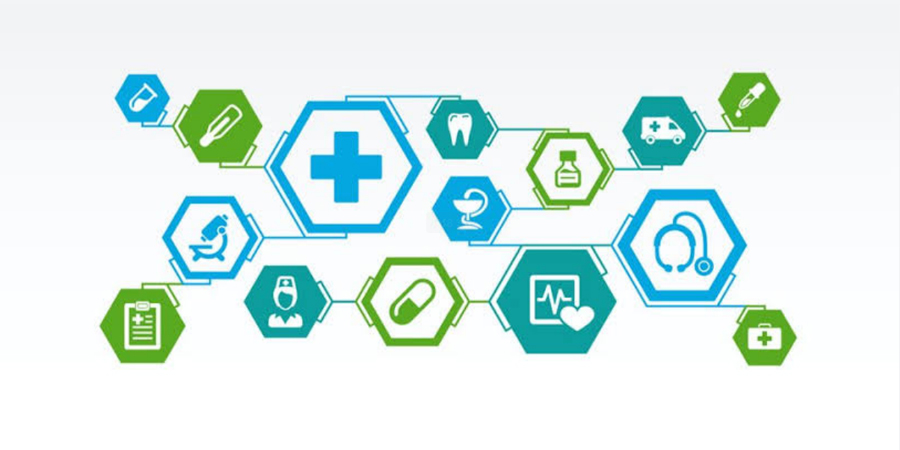MedTech or medical technology products help diagnose, monitor and treat disease, to improve people’s health. An effective and controlled product development process is fundamental to the success and value of these MedTech products. These products often take a long time to get to market. Before releasing it in the niche market, it must undergo the pre-approval and post-approval processes.
The MedTech product development process typically consists of five distinct phases. These stages require intense planning, efficient documentation, and controlled collaboration between the various entities. These stages are part of quality system regulation (QSR). It helps ensure that the medical device product development meets all regulatory requirements is essential. The relevant regulatory body oversees these precise regulatory requirements, such as the Food and Drug Administration (FDA) in the US and the Medicines and Healthcare products Regulatory Agency (MHRA) in the UK.
FDA identifies five stages in the development lifecycle. These stages help govern the methods, facilities, and controls used for designing, manufacturing, packaging, labeling, storage, installation, and servicing of the various finished devices intended for human use.
The FDA stages are:
- Initiation: opportunity and risk analysis
- Formulation: concept and feasibility analysis
- Design and development, including verification and validation
- Final validation and product launch preparation
- Product launch and post-launch assessment
Phase 1: Initiation
The initiation phase revolves around idea conception, use of context, and concept development. It helps gather various data points that provide a workable base for developing a medical device. The stakeholders must perform risk analysis and analyze market prospects to determine its market and feasibility. The goal is to define if the proposed product is worth pursuing.
Phase 2: Formulation
The initial prototype you develop will function as a Proof of Concept (PoC) for the project. The second phase proceeds to perform formal risk assessments and ensure that they meet customer and regulatory requirements. The stakeholders must gather customer data points, run surveys, conduct research with patients and clinicians, and collect reviews and feedback. Documenting these crucial data points is necessary. This phase helps define if the concept is feasible and will translate into a profitable product.
Phase 3: Design and Development – verification and validation
Since you have acquired a PoC on the project, you need to control the product’s design and development in this phase. It involves capturing user requirements and turning them to develop the proper engineering specifications that will aid in designing the products and optimizing them for end-users. The User Requirements Specifications document (URS) is elemental to this stage. You should also adhere to Engineering Design Specifications (EDS).
Phase 4: Final validation
Gather the critical data and documentation for submission to competent authorities, along with the result from clinical trials. The authorities will audit the process and product. They will inspect the premise and analyze your files, including the Design History File (DHF) and the Device History Record (DHR).
Phase 5: Product launch and post-launch assessment
The launch approval is followed by transferring your plans to the potential manufacturer to initiate the production process. The right QMS tools will allow you to publish files to an Extranet. It will enable the manufacturer to extract documentation for device production. Once you launch it, gather customer reviews and feedback to address the gaps in the product.
To Conclude:
An effectively controlled MedTech product development lifecycle should encompass the given stages. It will lead to the eventual success of your product in the market.


